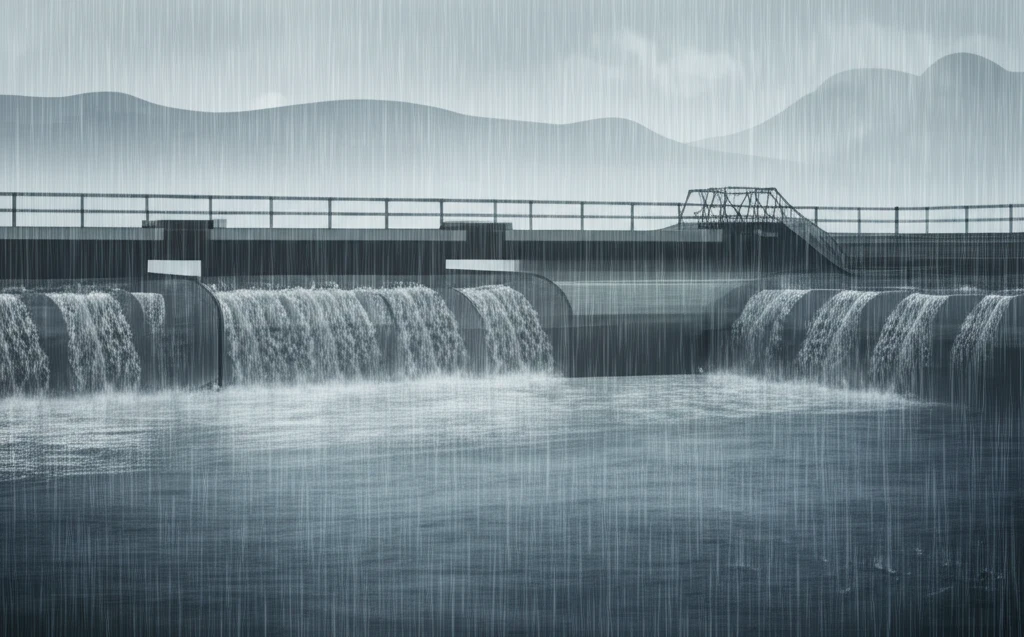
Is Your Water Safe? Understanding Water Quality in Sembrong Reservoir
"A Deep Dive into Monsoon Season Impacts and How to Protect Our Water Resources"
Water is the lifeblood of any community, essential for everything from drinking and sanitation to agriculture and industry. Ensuring the safety and cleanliness of our water sources is a constant challenge, especially in regions prone to heavy rainfall and seasonal changes. Sembrong Reservoir, a vital water source in Johor, Malaysia, faces unique challenges during the monsoon season that can impact its water quality and trophic status.
Monsoon season, with its intense rainfall, brings both benefits and risks. While the rain replenishes water supplies, it also carries pollutants, sediments, and other contaminants into rivers and reservoirs. This influx can disrupt the delicate balance of aquatic ecosystems, affecting the health of both humans and wildlife. Understanding these impacts is crucial for developing effective strategies to protect our water resources and ensure access to clean, safe water for everyone.
This article delves into a detailed study of Sembrong Reservoir, exploring the key factors that influence its water quality during the monsoon season. We'll examine the parameters used to assess water health, identify potential sources of pollution, and discuss the implications for the surrounding community. Whether you're a concerned citizen, an environmental enthusiast, or simply curious about the water you drink, this guide will provide valuable insights into the importance of water quality management.
Monsoon Season: A Perfect Storm for Water Quality Challenges

Malaysia, like many Southeast Asian countries, experiences heavy rainfall during the monsoon season, typically from late September to the end of March. This intense precipitation can lead to significant surface runoff, washing soil, sand, and various foreign substances directly into rivers and reservoirs. The consequences of this runoff are far-reaching, impacting the chemical and biological composition of the water and potentially threatening its suitability for human consumption and aquatic life.
- Industrial Waste: Factories and manufacturing plants may discharge untreated or partially treated wastewater into rivers, introducing harmful chemicals and toxins.
- Agricultural Activities: Farming practices, including the use of fertilizers and pesticides, can contribute to nutrient runoff and chemical contamination.
- Domestic Waste: Untreated sewage and household waste can pollute water sources with bacteria, pathogens, and other harmful substances.
Protecting Our Water: A Call to Action
The findings from the Sembrong Reservoir study underscore the urgent need for proactive water quality management strategies. By understanding the factors that impact water health during the monsoon season, we can implement effective measures to mitigate pollution and protect our precious water resources. This requires a collaborative effort involving government agencies, local communities, and individual citizens.
